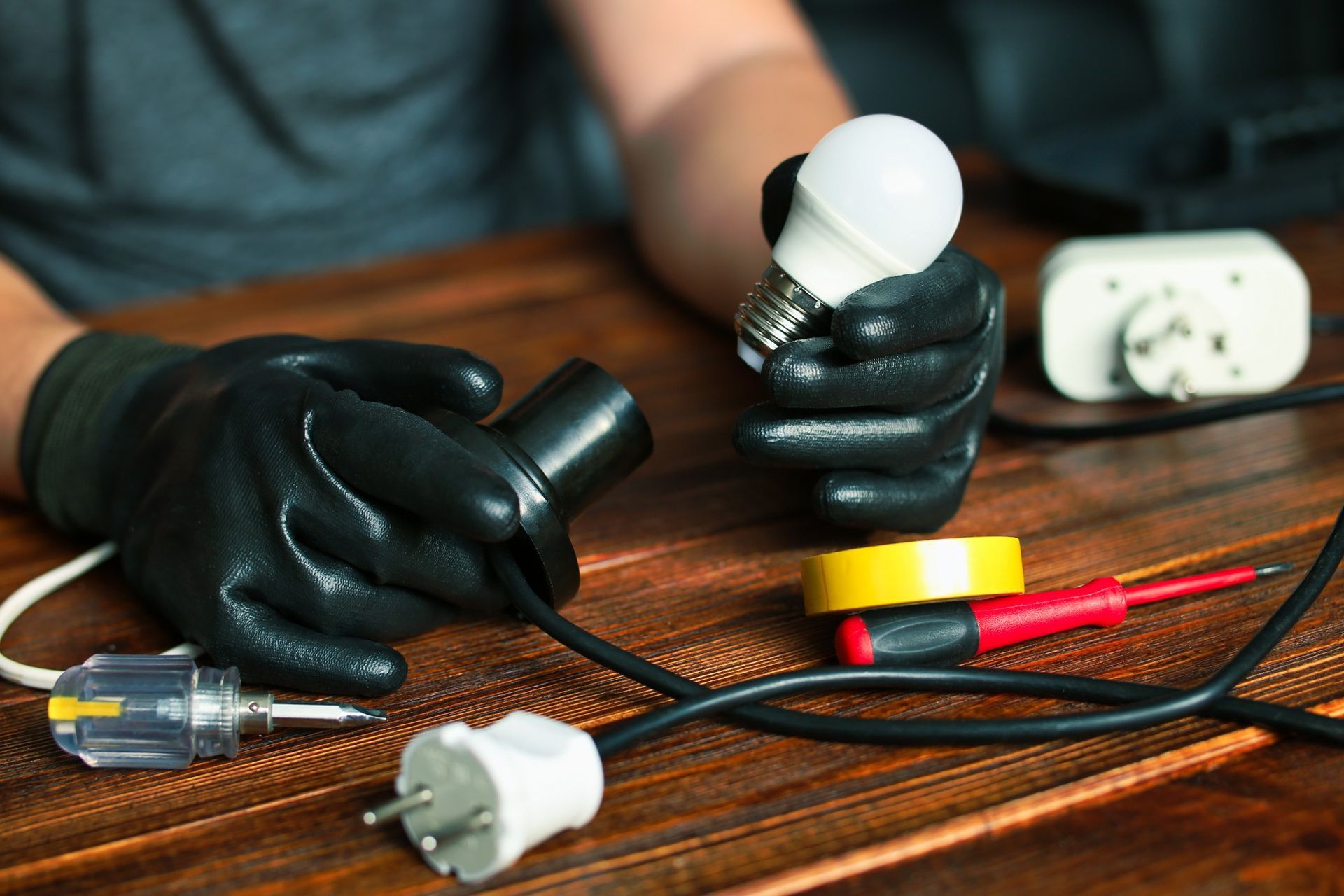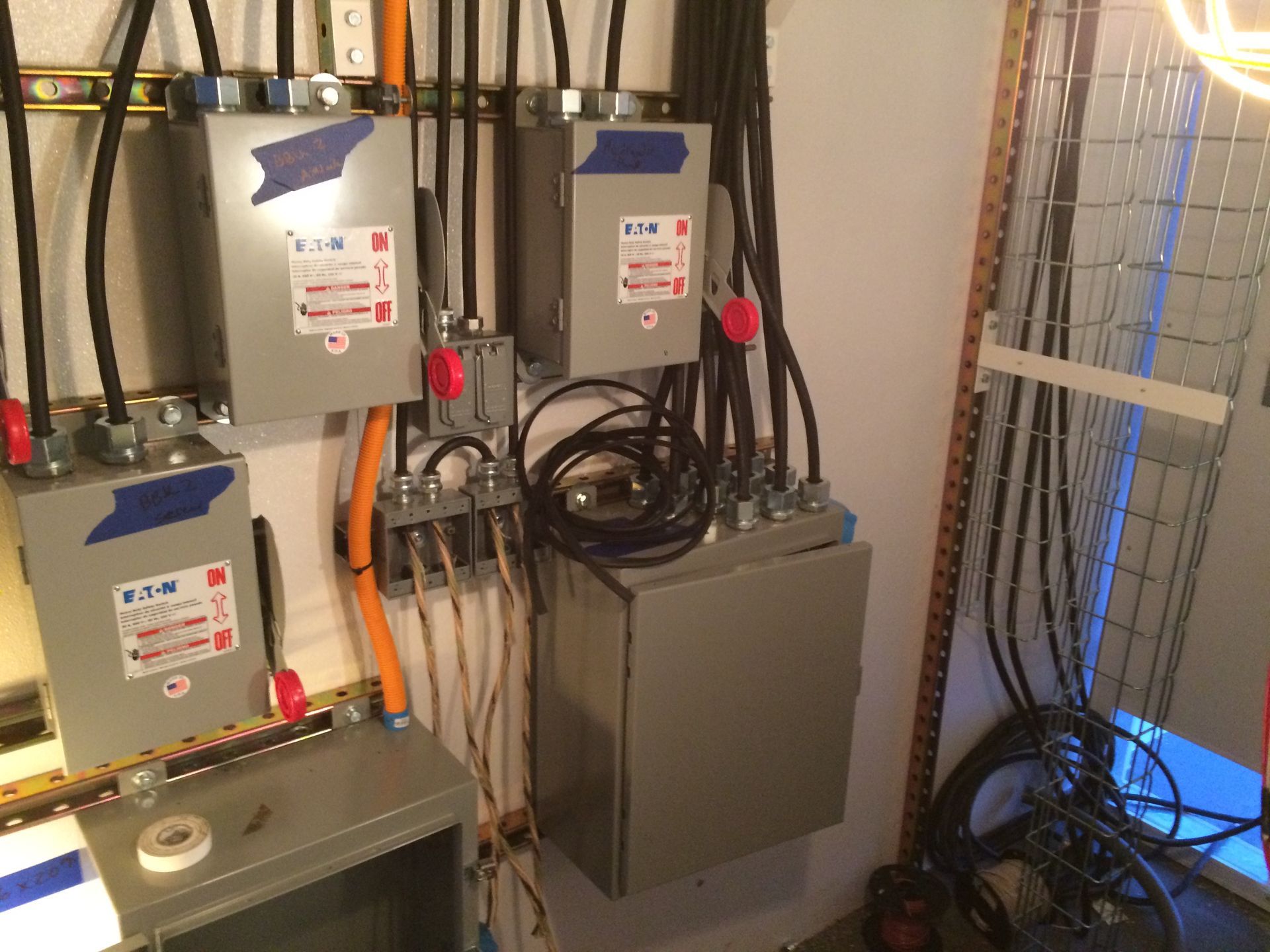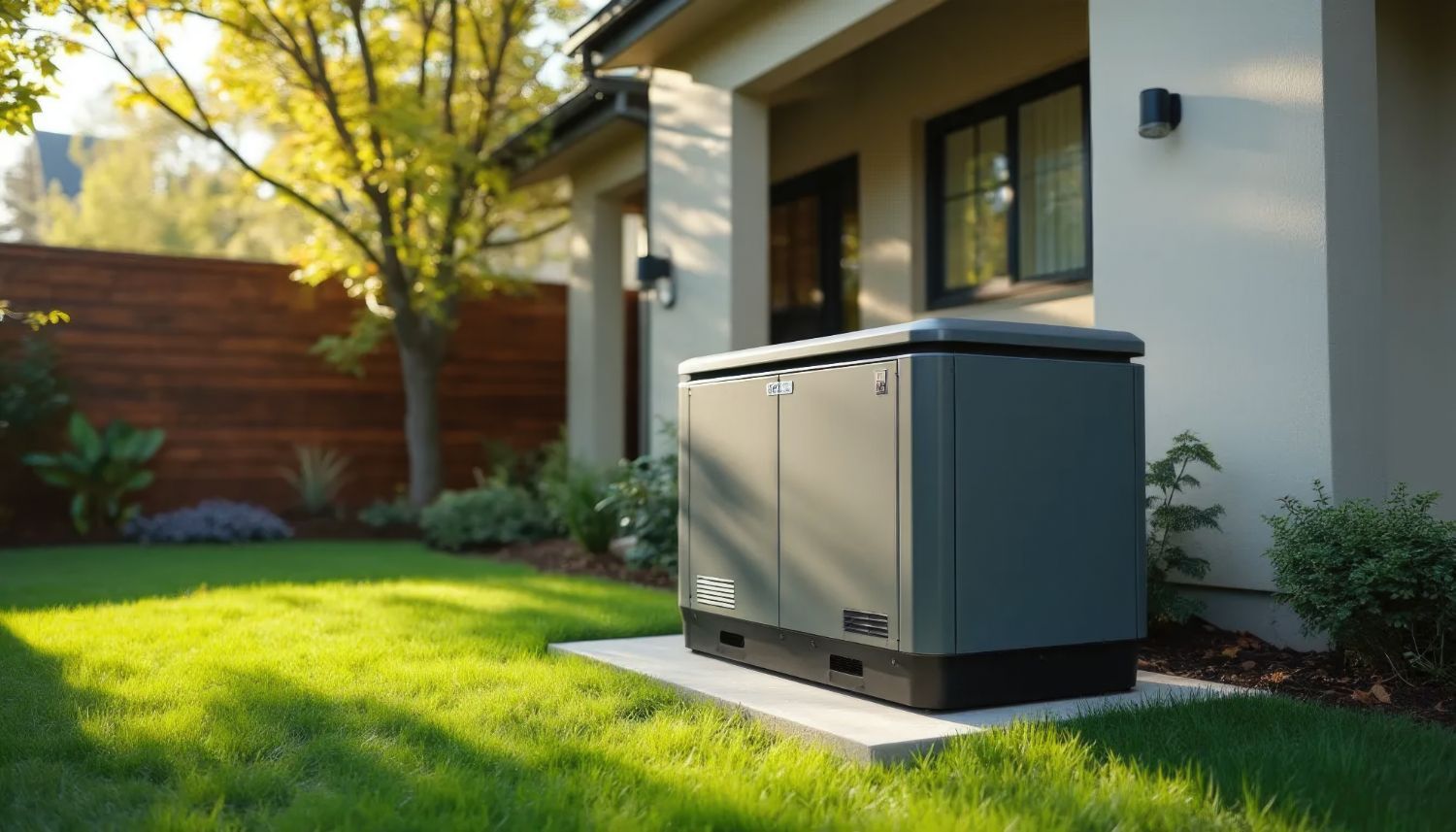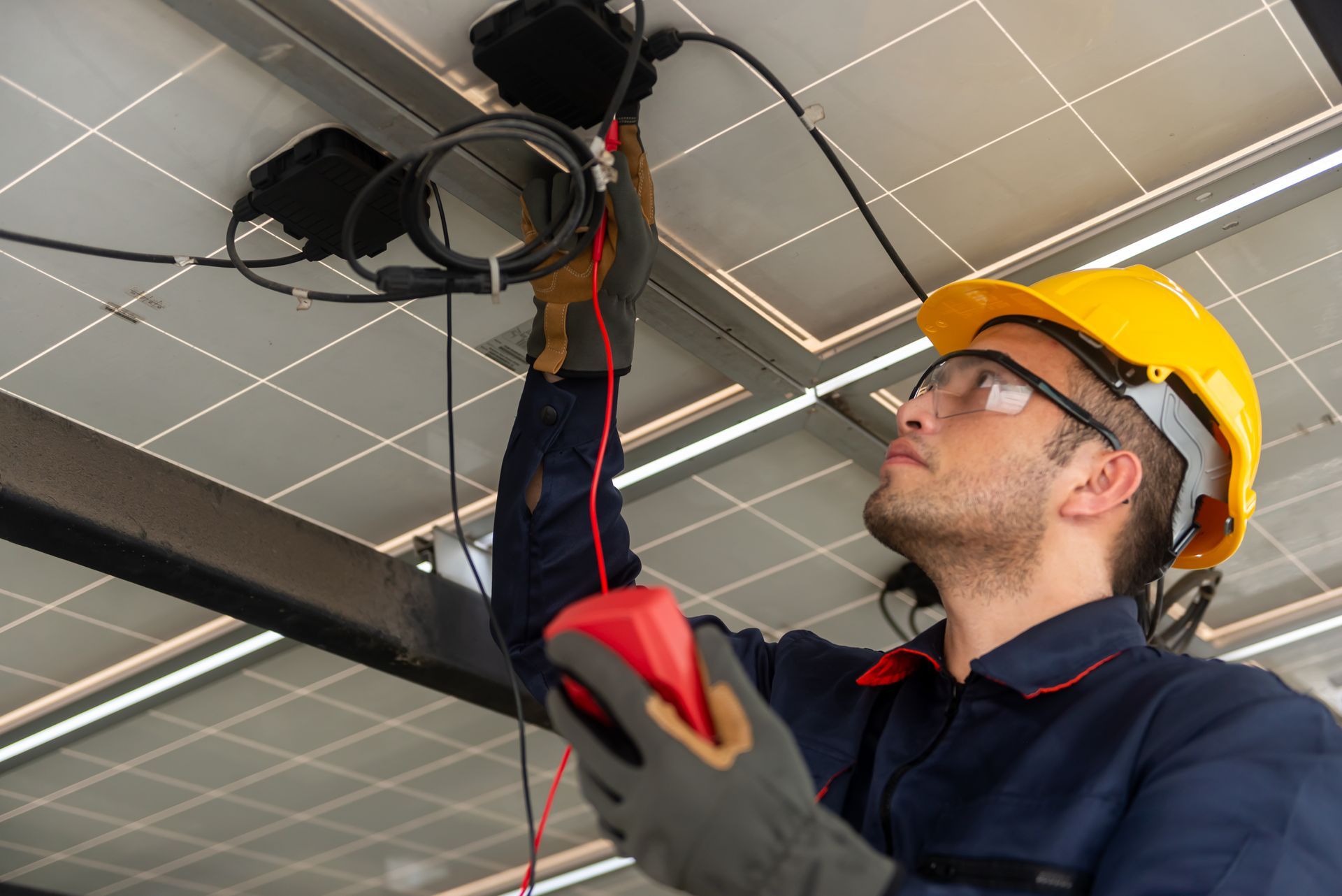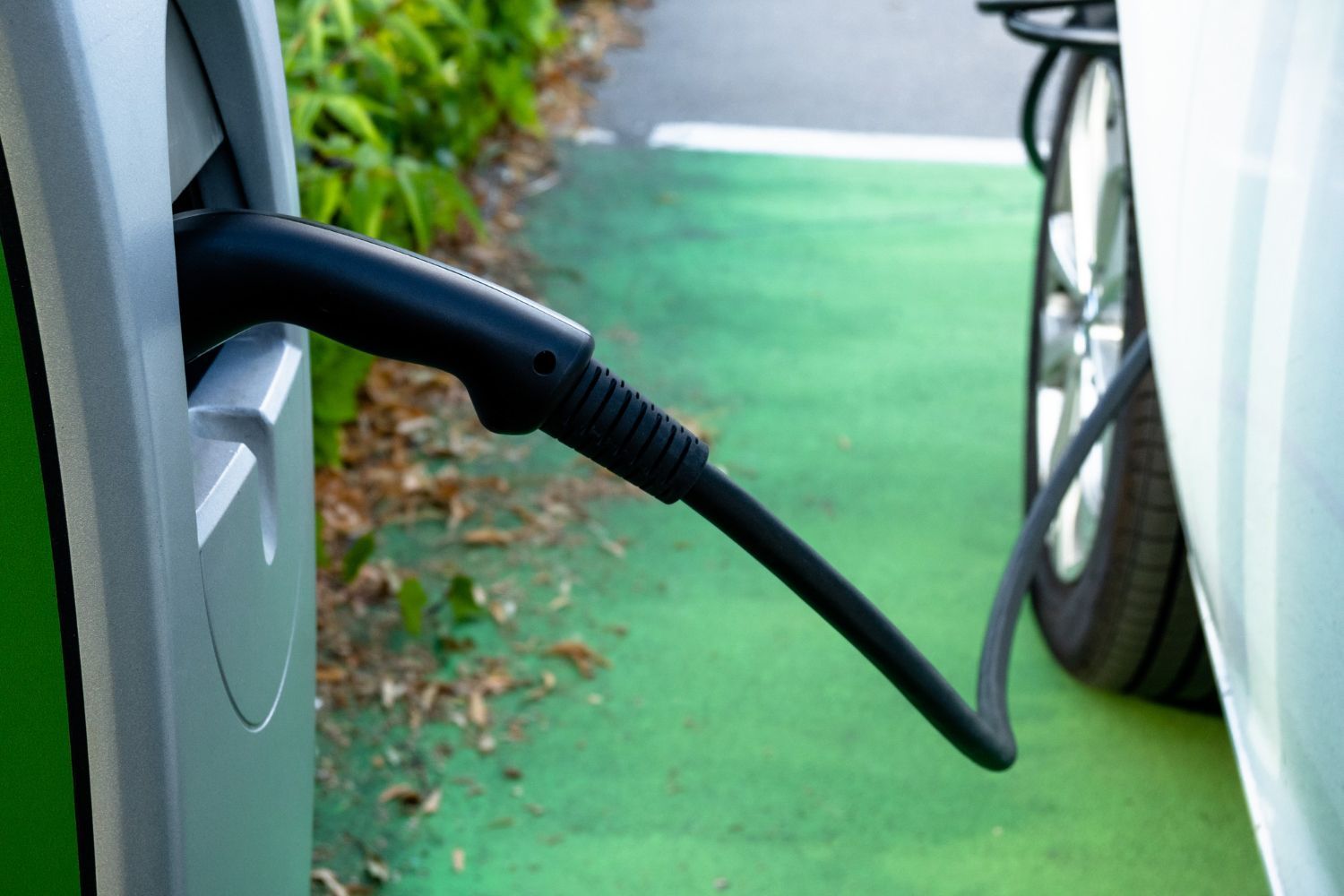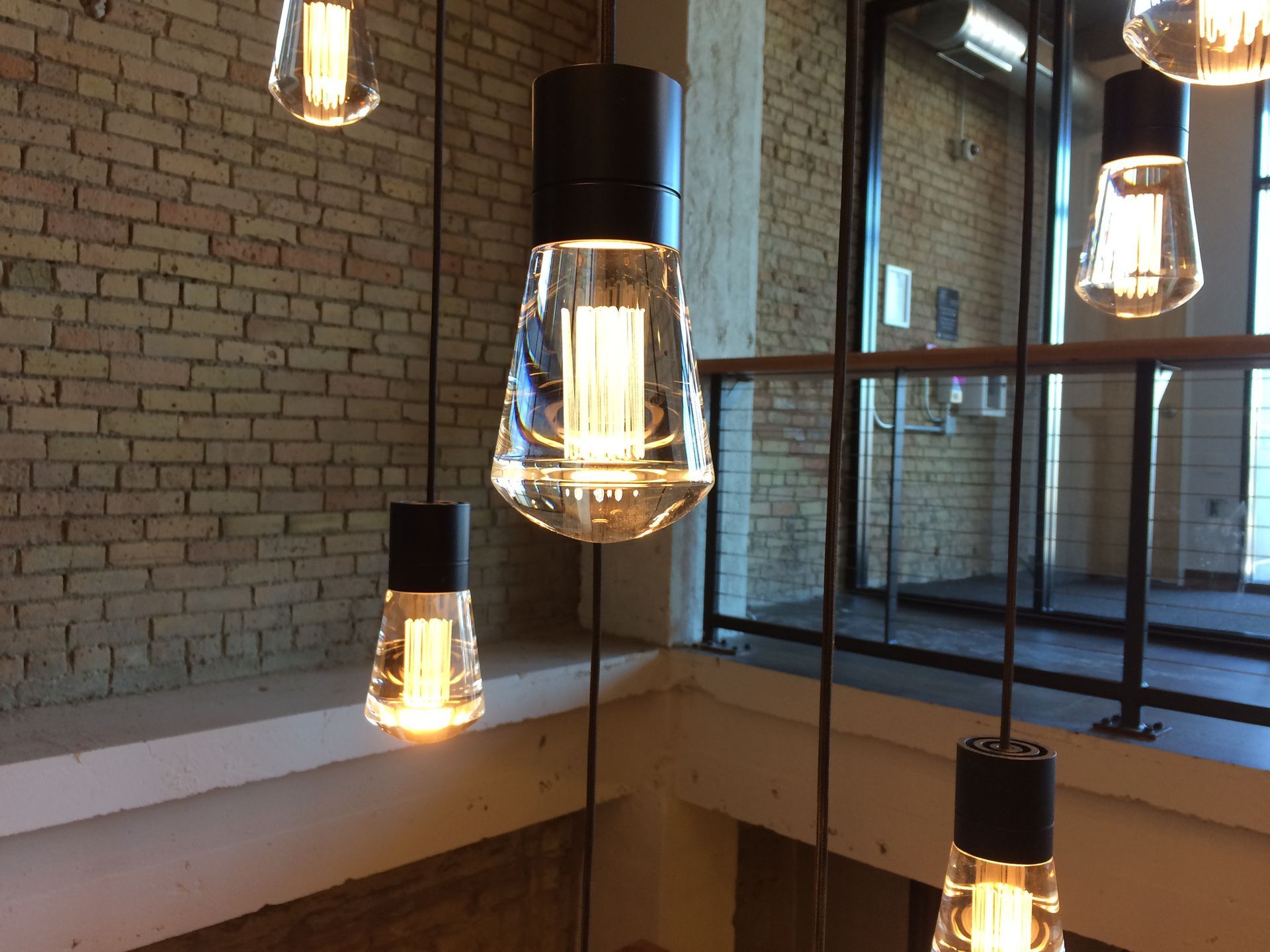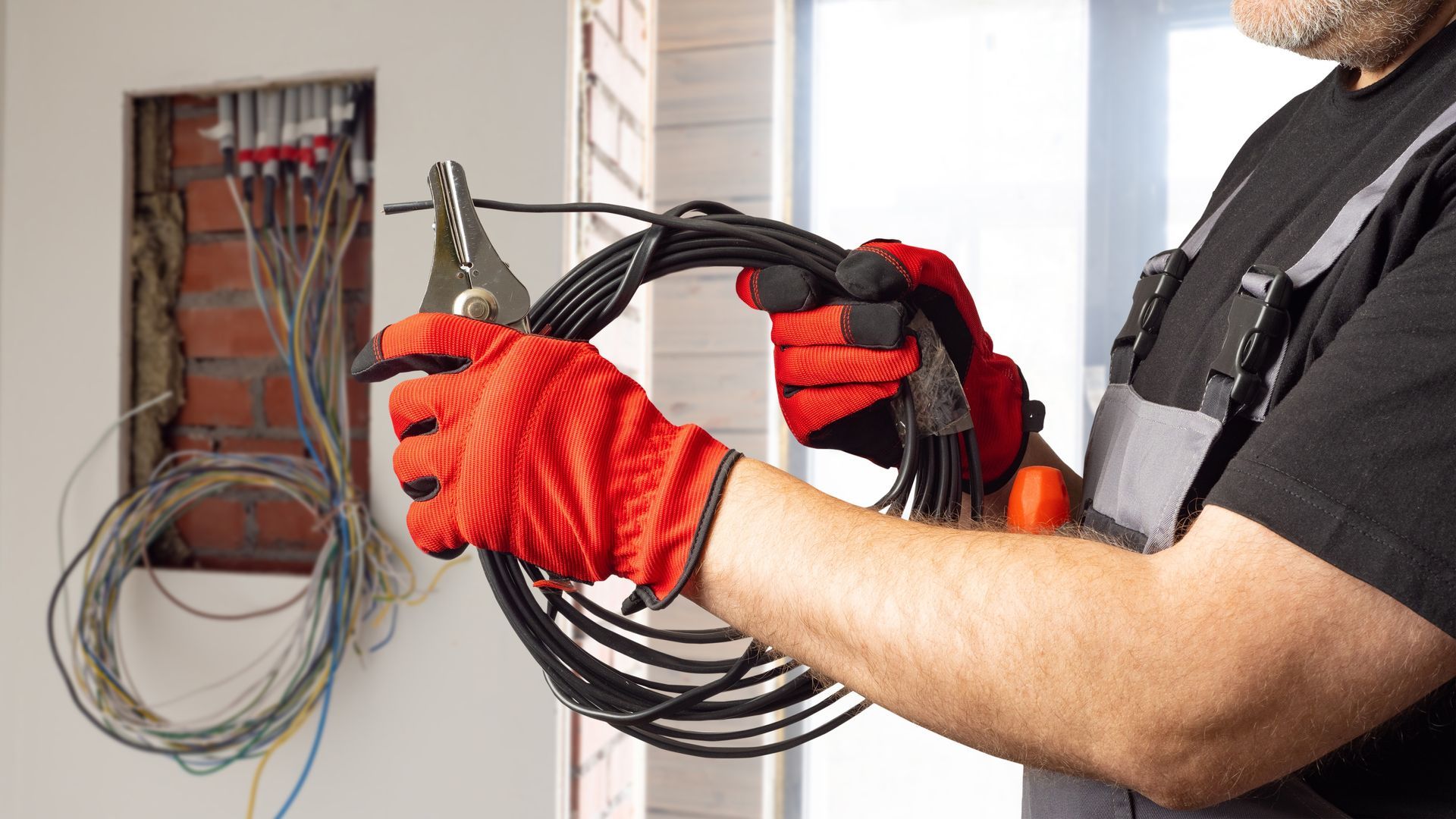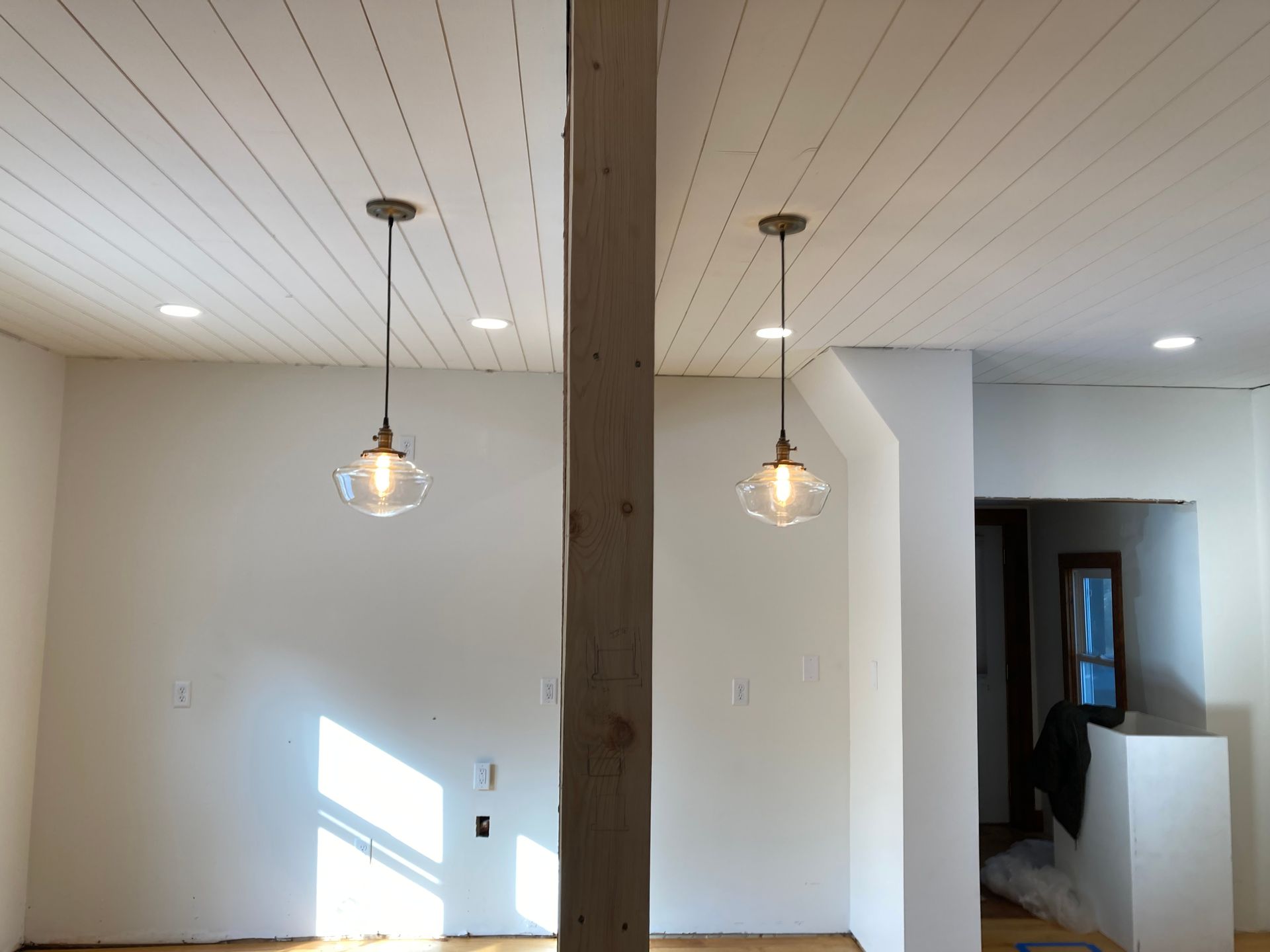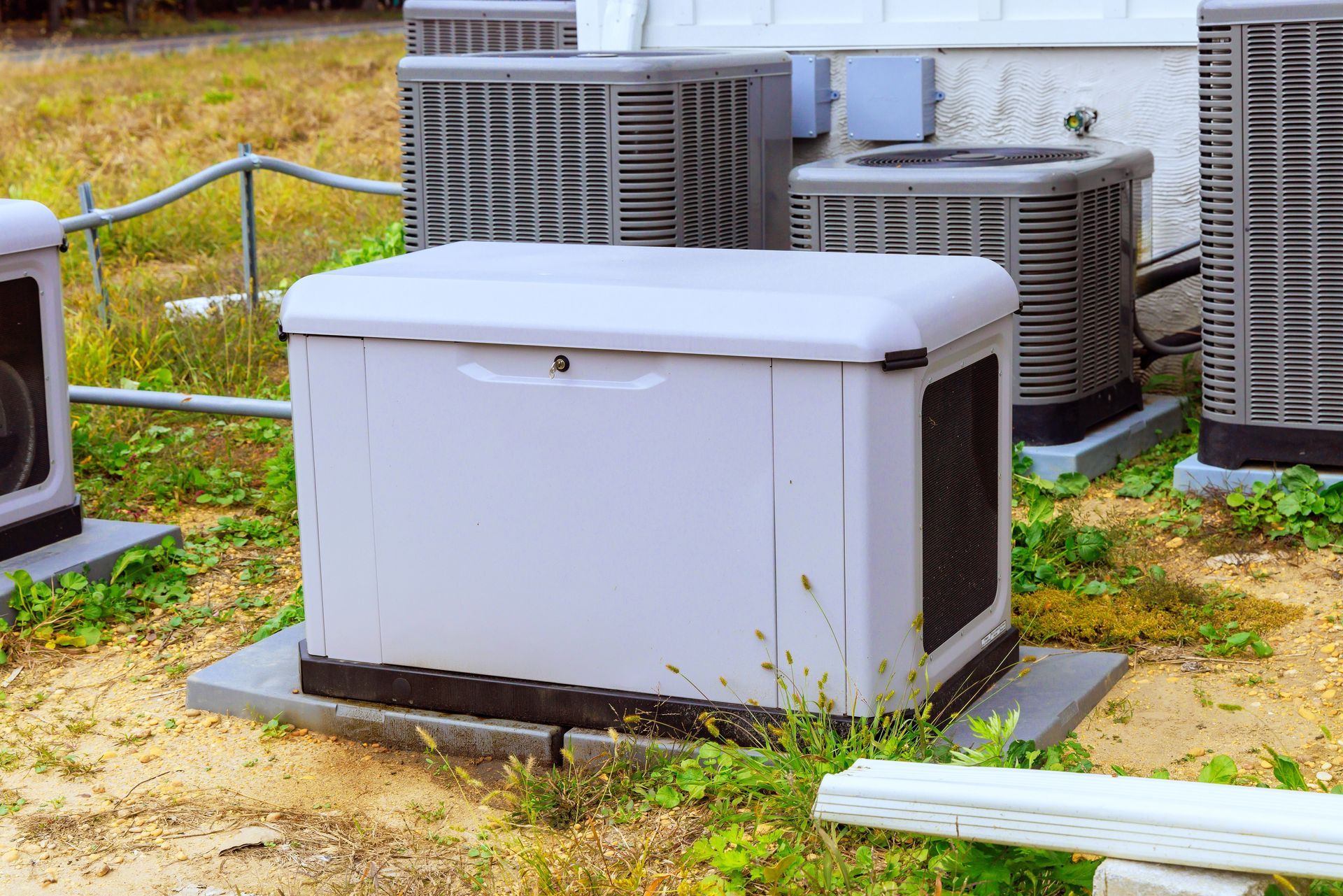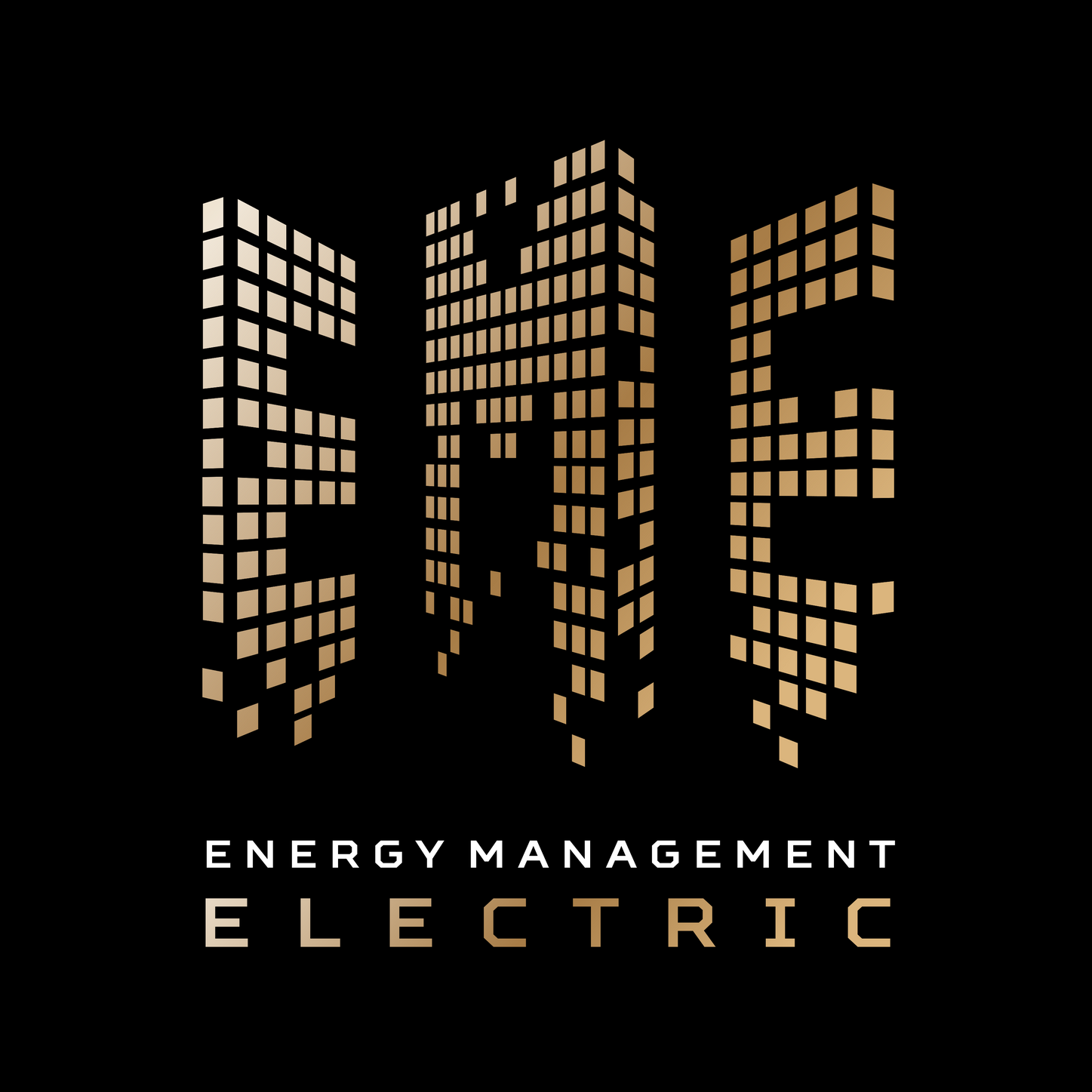How to Tell if Your Home Needs an Electrical Upgrade
As the demands on electrical systems grow with modern technology, it's crucial to ensure your home's electrical system can keep up. Many older homes have outdated electrical systems that are not equipped to handle current power needs, which can pose safety risks and lead to inefficiencies. Here’s how you can tell if your home needs an electrical upgrade.
1. Frequent Circuit Breaker Trips
One of the first signs that your home may require an electrical upgrade is the frequent tripping of circuit breakers. When too much electricity flows through your circuits, the breakers are designed to trip and cut off the circuit to prevent overheating and potential fires. While occasional trips can happen, a frequent occurrence is a strong indicator that your electrical system can't handle your current power usage.
2. Dimming or Flickering Lights
If you notice your lights dimming or flickering, especially when you turn on an appliance, it could signify that your wiring is outdated or your system is overwhelmed. This is especially true in older homes where the original wiring may not support newer, high-demand appliances.
3. Outdated Electrical Wiring
Homes built several decades ago might still have aluminum wiring instead of copper, or they could have old knob-and-tube wiring, both of which are inadequate by today’s standards. These types of wiring are more susceptible to overheating and creating a fire hazard. If your home still has these outdated systems, it’s crucial to upgrade to modern wiring.
4. Insufficient Outlets and Use of Extension Cords
In older homes, you might find yourself relying on multiple power strips and extension cords to supply your electrical needs. This scenario not only highlights an insufficient number of outlets but also presents a safety risk. Overloading circuits can lead to melted wiring and even electrical fires.
5. Burning Smell or Visible Sparks
If you can smell burning or see sparks when plugging or unplugging devices, consider this a red flag. These symptoms suggest that your wires or outlets are overheating and could lead to a fire if left unaddressed. Immediate action should be taken by consulting professional electricians like the experts at EME, LLC.
6. Warm or Discolored Wall Plates
Check your outlets and switches. If they feel warm to the touch or show discoloration, this indicates excessive heat buildup inside the walls, which is a major safety concern. It's essential to conduct a safety inspection as soon as possible.
7. Inconsistent Power Supply
Experiencing frequent power interruptions or inconsistent power delivery across different parts of your home might suggest an overburdened electrical panel. Upgrading your service panel can help distribute electricity more efficiently throughout your home.
8. Modern Appliances
Transitioning to appliances with larger power demands like HVAC systems, electric vehicles, or modern cooking ranges often requires more juice than older systems can provide. An electrical upgrade may be necessary to ensure that these devices operate safely and efficiently.
9. Home Renovations and Additions
If you plan to renovate or add to your home, you should consider whether your current electrical system can support the increased load. Consult with a licensed electrician to ensure your electrical infrastructure is ready for new demands.
10. Age of Your Electrical System
Finally, consider the age of your electrical system. If your home is more than 30 years old and the electrical system hasn't been updated, it’s likely time for an upgrade. Newer systems are inherently safer and more efficient.
Final Thoughts
Ignoring the signals that your home needs an electrical upgrade can lead to potential safety hazards and decreased efficiency. Regular maintenance and timely upgrades can not only keep your home safe but also ensure that your electrical system meets your needs. If you identify any of these warning signs, contact EME, LLC for expert Electrical Installation & Repair and Electrical Service & Panel Upgrades, ensuring your home's electrical system is robust and reliable.

